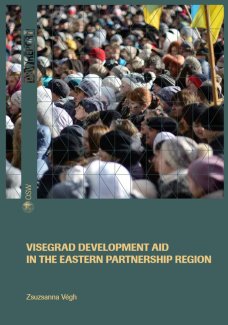Visegrad development aid in the Eastern Partnership region

The international development cooperation systems of the Visegrad countries are all rather new, in most cases only about a decade old. They are still undergoing reforms and the countries are striving to strengthen their own profiles as development donors in the world by gradually increasing their bilateral ODA. Although their resources are limited and were further cut due to the financial and economic crisis, the bilateral ODA ratio of the Visegrad countries as a group spent in the EaP region gradually increased after 2009.
Given that the individual systems are still developing and the countries are focusing on creating their own brand, it is highly unlikely that in the near future it would be in their interest to set up a common development fund – either for the EaP region or in general. Instead of creating new institutions, however, a rationalization of the current cooperation systems and a consolidation of existing resources is feasible and should be considered.
Zsuzsanna Végh is research assistant at the Center for EU Enlargement Studies of the Central European University in Budapest. Her research interests include the foreign policy of the V4 countries and the EU, with particular attention to the EU’s Eastern neighborhood. The main part of the paper was prepared during a research internship at the Centre of Eastern Studies (OSW) in Warsaw in May 2013, as part of the grant program V4 “flying experts” initiative, financed by the International Visegrad Fund. The views expressed in this paper are solely those of the author.




